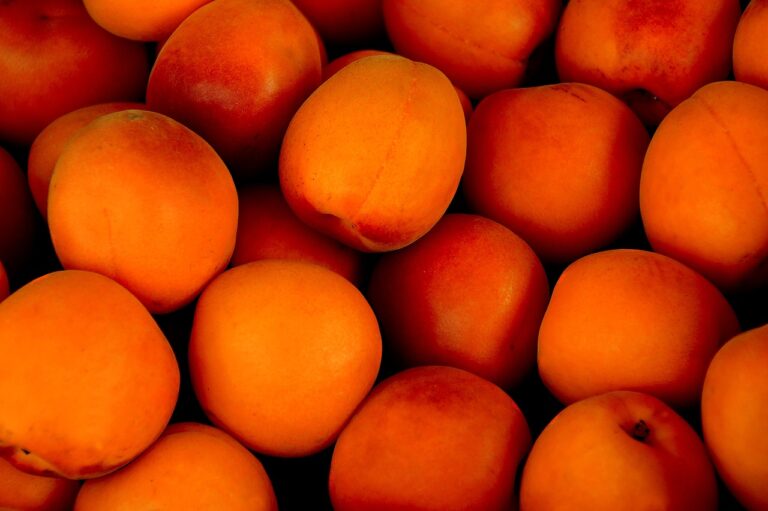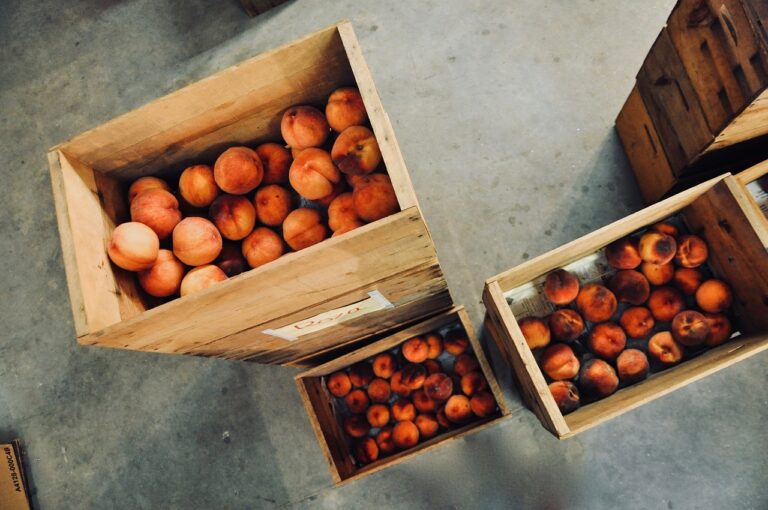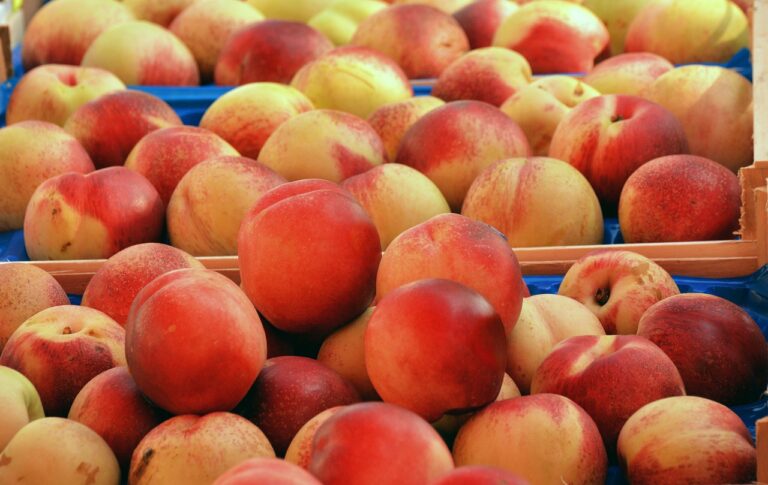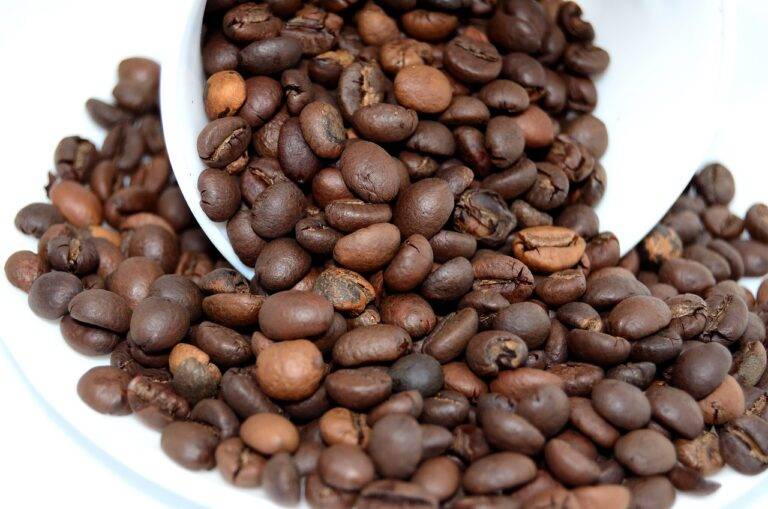Fermentation Techniques in Food Production: Tradition meets Innovation
Fermentation has long been used in food production as a method to preserve and enhance the flavor of a variety of foods. One of the oldest traditional methods of fermentation is the process of making yogurt, which involves allowing milk to ferment with the help of lactic acid bacteria. This fermentation process not only extends the shelf life of the milk but also produces a tangy and creamy product that is enjoyed worldwide.
Another traditional method of fermentation is the production of sauerkraut, a type of fermented cabbage. In this process, shredded cabbage is mixed with salt and left to ferment at room temperature for several weeks. During this time, beneficial bacteria, such as Lactobacillus, break down the sugars in the cabbage, producing lactic acid and creating a tangy and crunchy condiment that is commonly used in various dishes.
The role of microorganisms in fermentation processes
Fermentation processes rely heavily on the activity of microorganisms. These tiny organisms play a crucial role in transforming raw materials into various fermented products such as bread, cheese, and beer. They achieve this by breaking down complex compounds in the presence of oxygen or absence of it, leading to the production of different byproducts like alcohol, organic acids, and gases.
The selection of specific microorganisms is vital in determining the characteristics of the final product. Different strains of bacteria, yeast, and molds bring unique flavors, textures, and aromas to the fermented foods. Certain microorganisms also contribute to the preservation of food, enhancing its shelf life and safety. Their metabolic activities not only result in the desirable sensory attributes of the products but also add beneficial properties such as probiotics in fermented dairy products.
Fermentation processes rely heavily on the activity of microorganisms.
These tiny organisms play a crucial role in transforming raw materials into various fermented products such as bread, cheese, and beer.
They achieve this by breaking down complex compounds in the presence of oxygen or absence of it, leading to the production of different byproducts like alcohol, organic acids, and gases.
The selection of specific microorganisms is vital in determining the characteristics of the final product.
Different strains of bacteria, yeast, and molds bring unique flavors, textures, and aromas to the fermented foods.
Certain microorganisms also contribute to the preservation of food, enhancing its shelf life and safety.
Their metabolic activities not only result in the desirable sensory attributes of the products but also add beneficial properties such as probiotics in fermented dairy products.
Innovative approaches to fermentation in the food industry
Fermentation in the food industry has been evolving rapidly in recent years, with innovative approaches being adopted to improve efficiency and product quality. One such approach involves the use of advanced bioreactor technology to create controlled environments that optimize microbial activity. These bioreactors allow for precise monitoring and adjustment of key fermentation parameters, leading to more consistent and reliable results.
Furthermore, the development of genetically engineered microorganisms for fermentation purposes has opened up new possibilities for creating novel food products. By modifying the genetic makeup of yeast, bacteria, or fungi, researchers can enhance desired traits such as flavor profiles, nutritional value, and production efficiency. This approach has the potential to revolutionize the food industry by enabling the creation of customized fermentation processes tailored to specific product requirements.
What are some traditional methods of fermentation in food production?
Some traditional methods of fermentation in food production include pickling, brewing, and fermenting dairy products like yogurt and cheese.
What is the role of microorganisms in fermentation processes?
Microorganisms, such as bacteria and yeast, play a crucial role in fermentation processes by breaking down sugars and producing acids, alcohols, and other compounds that give fermented foods their unique taste and texture.
What are some innovative approaches to fermentation in the food industry?
Some innovative approaches to fermentation in the food industry include using controlled environments, novel microorganisms, and advanced fermentation techniques to create new and improved products.
How can innovative fermentation techniques benefit the food industry?
Innovative fermentation techniques can benefit the food industry by increasing production efficiency, improving product quality, and creating unique flavors and textures that appeal to consumers.
Are there any challenges associated with implementing innovative fermentation approaches in the food industry?
Yes, some challenges associated with implementing innovative fermentation approaches in the food industry include ensuring consistency in product quality, scaling up production, and meeting regulatory requirements for new ingredients and processes.







